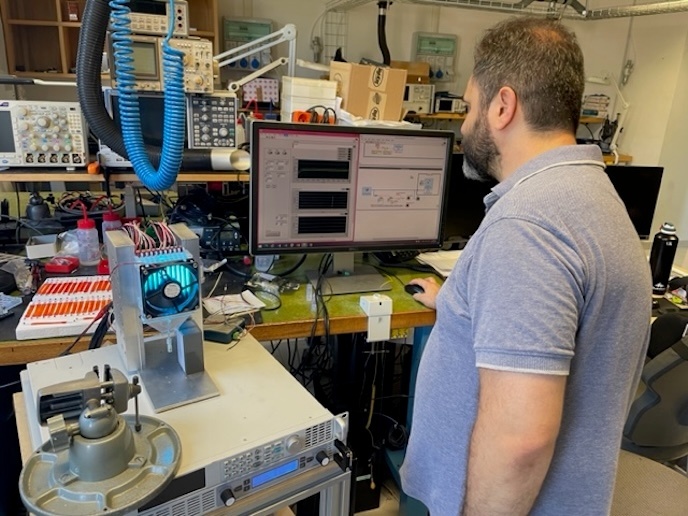Carbon nanotubes regenerate nerves
Peripheral nerve lesions resulting from tissue damage to the neuromuscular system due to disease or trauma render them unable to transmit signals to the muscles. Finding a way to repair extensive peripheral nerve lesions remains a subject of intense research. The EU-funded consortium NMS-CNT (Biocompatability of carbon nanoparticles with tissues of the neuromuscular system) aimed to evaluate the biocompatibility of a variety of CNT configurations on neural and skeletal muscle tissues. Consortium members synthesised and chemically functionalised CNTs through analyses of their morphology, size, structure and physical properties. The project compared three nanotube configurations: single-wall (SW) CNTs, multi-wall (MW) CNTs and ultra-long-single-wall (ULSW) CNTs. The MWCNT preparations were most soluble in aqueous tissue culture medium. A comprehensive array of assays assessed the pharmacological cytotoxicity of the MWCNTs. Adsorption, distribution, metabolism and excretion (ADME) analysis of the MWCNTs suggested that in vivo, MWCNTs are unlikely to trigger haemotoxic, hepatotoxic or neurotoxic cellular responses. The MWCNTs were also the most biocompatible with adult neural and muscle tissue. With regard to nerve regeneration, the MWCNT configuration was the most effective in supporting neurite outgrowths from neurons. It is important that CNTs in solution possessed significantly different properties from CNTs in the powder form. While MWCNTs in solution resulted in robust muscle regeneration at the implant sites, the opposite was true for CNTs in the powder form. The powder form of MWCNTs caused significant disruption of the fascicular structure of skeletal muscle. The results of the project provided insight into the biocompatibility of CNTs, particularly in the MWCNT configuration. The obtained data are promising and suggest that with additional functionalisation, MWCNTs could realistically help promote peripheral nerve repair. The prospect of restoring mobility in thousands of people with nervous system diseases or traumatic injuries is worth pursuing.







